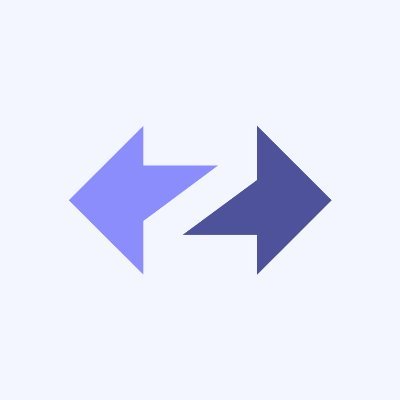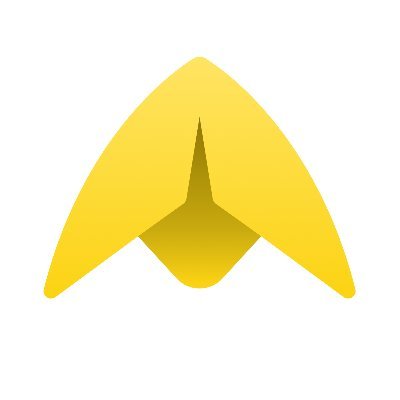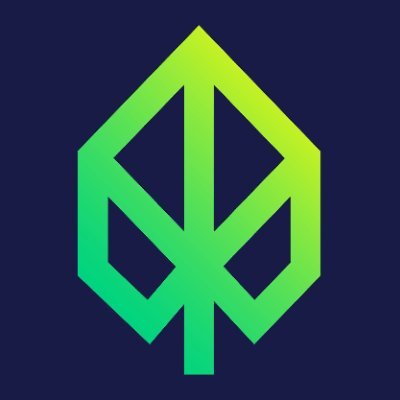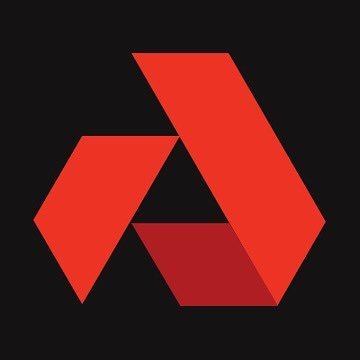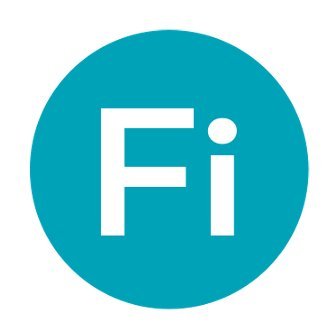Streamr
Make history and be one of the first people ever to run a Streamr node! Follow these instructions to join the Brubeck testnet and mine your share of the 2M DATA reward pool.
Before we dive into the installation instructions, here’s the timeline for Testnet 1:
- Tuesday, August 24th: The Streamr Broker node software becomes available for download in preparation for Testnet 1. The node can already be started, but mining rewards will only start at launch, on August 31st. Note that updates may become available before the launch, so please keep your node updated.
- Tuesday, August 31st: Testnet 1 goes live! Your node claims shares of rewards as long as it is successfully connected to peers in the network.
- Thursday, September 2nd: After 48 hours, the first round of mining rewards ends, and Testnet 1 is over. The schedule of the next testnet will be announced. You can leave your node running, but note that there will likely be updated versions available before the next testnet. In total, there will be as many testnets as are needed to iron out any discovered problems in the network.
Two ways to run your node
The software comes in two flavours of packaging: a Docker image and an npm package. Both approaches require you to run commands on the command line, so some technical skill or at least commendable bravery is required. :)
So which method should you choose? If you have either Docker or Node.js (14.x or newer) already installed, use the one you know. Otherwise, try the Docker approach first, which is less platform-dependent. If that doesn’t work for you, go for the npm approach.
Once you have either Docker or Node.js installed, the steps to download and start the node are very similar, regardless of whether you’re running Linux, macOS, or Windows (use PowerShell). You may need to adapt the commands for your platform or install OS-specific dependencies, if they are missing.
The configuration wizard
As part of both approaches, we show how to run the configuration wizard to initialise your node’s config file, which will be saved on your disk. The wizard will let you either generate or import an Ethereum private key for your node, as well as ask which plugins you want to enable. If you only use your node for mining the testnet, you don’t need to enable any of them. If you plan to also use your node to connect applications to data streams in the testnet, see the section ‘Using your node for publishing and subscribing’ later in this blog post.
The Docker approach
If you don’t have Docker, get it here. Once installed, you can download, configure, and start the Streamr Broker.
The Streamr Network is a decentralized, topic-based publish-subscribe system. Each stream or pub-sub topic has its own peer-to-peer overlay network that is built and maintained by a set of BitTorrent-like trackers. Development is still in progress, with Brubeck as the current milestone.
You can see detailed instructions on how to install a node here.







